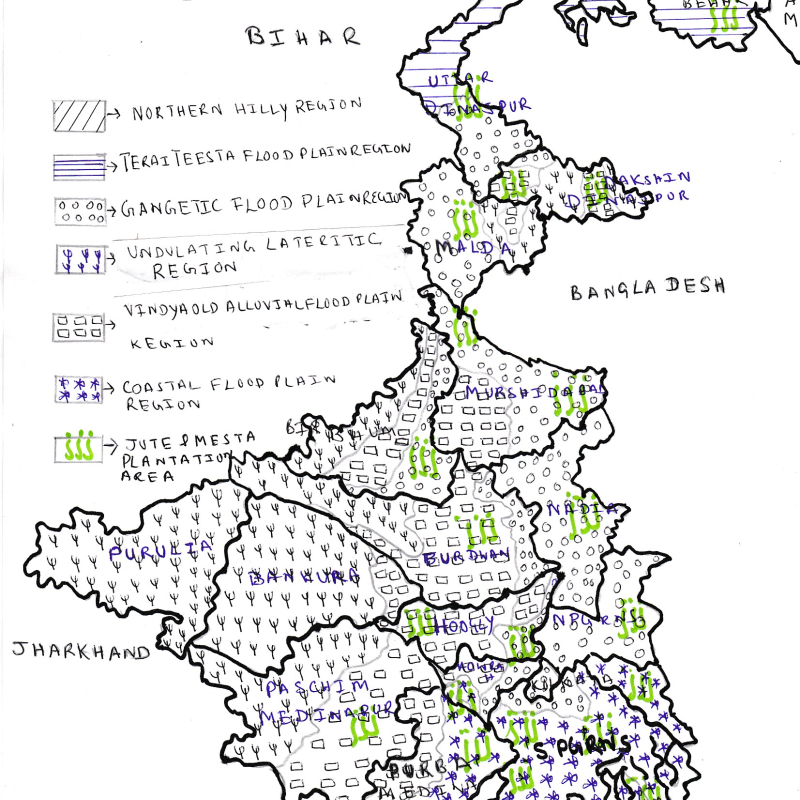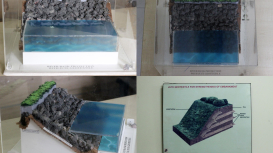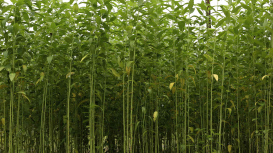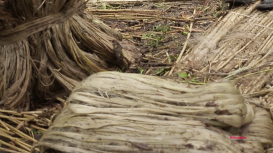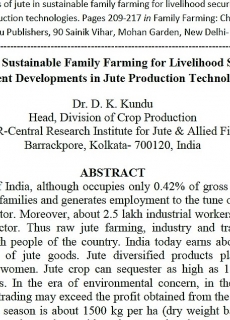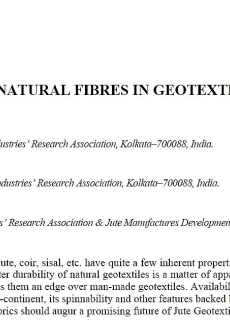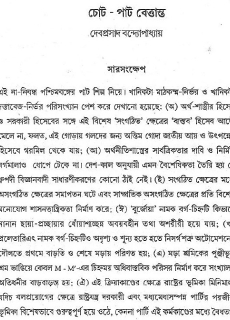Jute is a natural fibre produced from plants, also called as the ‘golden fibre’ due to its shiny golden colour. It is commonly referred to as Pat (Tossa pat, Sadha pat) in Bengali and Hindi, Mar pat in Assamese, Jhota in Oriya, Chanapai in Tamil, Janumu in Telegu, Chanambu in Malayalam, Joot in Marathi, Moti in Gujarati and Patsan in Punjabi. The fibre is extracted from the bark of the stem of various jute species and goes through an elaborate processing cycle before becoming a finished jute product. Environment-friendly and bio-degradable, jute is an important cash crop for India and Bangladesh, exported to many foreign countries. This module covers the various aspects that make jute such an important natural resource.
Avisek Dutta
Avisek Dutta, a Post Graduate in Management from IISWBM, ventured into documentary filmmaking in the year 2016. His first assignment was for the NGO Tagore Society of Rural Management for their Rangabelia Project. In 2018, he began working on a documentary for Nagorik Mancha, an NGO working in the field of labour rights for the last 30 years. His own production documentary AGAMANI, a film based on the lives of acid attack survivors, is due to be released at upcoming international film festivals.
